Producing cloud seeding particles from ground level for weather modification purposes is not only possible, but regularly practiced. Supplying the colossal quantities of water needed to form, fuel, an feed even the smallest of precipitation events, is another matter altogether. I have had a number of people request that I address the completely false information / conclusions being propagated (by some sources and individuals) who are stating that power plant cooling towers are being used as a primary or major source of atmospheric moisture for climate modification. I have not written about this disinformation until now as the cooling tower conclusion is so ludicrous and so mathematically impossible that I felt it did not actually need to be "debunked". This being said, some published photos and videos (with completely false conclusions) of the steam plumes above cooling towers could lead to confusion for those that have not actually investigated or done the math. Why is it so important to set the record straight in regard to the "cooling towers supplying water for storms" disinformation? Because such patently false narratives completely discredit the anti-geoengineering community as a whole. If we lose credibility we lose any chance of academia joining us in this critical battle. We cannot prevail in this fight without uniting many factions of society in the effort. If we lose the battle to expose and halt climate engineering, all is lost.
Power plant cooling towers are comparable to the radiator on a car. The towers and associated components are designed to keep power generation equipment within standard operating temperature ranges.
I have personally worked on cooling towers for Bechtel Power over three decades ago. The facility I was involved with was the "Coolwater Coal Gassification Project" located in Dagget, California. Dagget is in the middle of the Mojave Desert. How much available water is there in this desert? Very little, and for this reason these cooling towers were a "closed loop" system (the cooling tower water is recycled). An ever increasing number of power plants use the "closed loop" system in order to conserve water. Further, many power plants now use "Dry Cooling" systems that lose almost no water to the atmosphere. Though many power plants do use steam turban generators, the actual volume of water lost to the atmosphere is minimal. In comparison to even the smallest of rainstorms, the amount of water vapor put out by power plant cooling towers is completely insignificant. As already mentioned, most cooling tower facilities simply recirculate the water, only losing a slight amount to the atmosphere. Though the steam plumes they emit may seem substantial, the moisture content they emit is, again, insignificant and meaningless from an atmospheric perspective. The graph below shows the amount of water consumed in various of power plants with cooling tower facilities. The consumption is shown in "Liters per Mega Watt hours". If we convert liters to gallons, even the most water intensive power plants still use only about 1000 gallons per Mega Watt hour (while most other facilities use much less). Now consider that only 1 inch of rain over only 1 square mile is equivalent to almost 20,000,000 gallons.
It is also essential to consider and remember that in already humid conditions, the entire evaporative process from cooling towers is completely diminished. The claim that unimaginable quantities of water could be magically evaporated from the ground to higher levels of the atmosphere during a storm when the RH (relative humidity) is already at or near 100%, goes against all known laws of physics. It is simply impossible. The cooling ponds or reservoirs that supply water for many steam generating power plants are generally not large (perhaps an acre or two of surface area and very shallow) and are supplied by conventional wells in many cases. People need to picture the amount of water that pours out of the sky which can form huge lakes, rivers, and wide scale flooding in a very short time. To believe that isolated steam cooling towers could magically put this volume of water into the sky from water sources (that are often only ponds fed by wells with feed pipes as small as 4 inches in diameter) is beyond ridiculous. Many have unfortunately mistaken the formation of large convective storms seen on radar images (not just a localized plum of steam) as being the result of cooling towers. This conclusion is patently false. We must all use our sense of reason and avoid conclusions that come from an impressive picture (or satellite loop video) without due investigation and consideration. The 60 second video below contains time lapse imagery of a convective cumulous cloud forming over a mountain range. Note that there is are not plumes of moisture coming from ground level as we are told we should see by those claiming moisture for storms is now the result of cooling towers.
Some are now even claiming that there are "ocean based vapor machines" which are supplying incalculably extreme quantities of water, enough to even supply hurricanes. Aside from the fact that such a process is scientifically and mathematically far beyond impossible (with any known technology or process), have those making such claims ever provided even the smallest grain of tangible evidence to support their claims? Anything at all? Extreme caution and skepticism is warranted with any sources or individuals who propagate such patently false claims and conclusions, such as the "cooling towers are supplying the water for storms" narrative.. All of us have a responsibility to actually investigate before blindly accepting or coming to conclusions. We have a responsibility to use our sense of deductive reasoning. If we are to have any chance of prevailing in the effort to expose and halt the climate engineering insanity, credibility is crucial. Though there is much we can not yet know in regard to the full spectrum of the climate modification programs, or the totality of processes used to carry these programs out, the cooling tower moisture supply theory should be seen for what it is, a mathematical impossibility. The article below will add further detail to this subject. Dane Wigington geoengineeringwatch.org 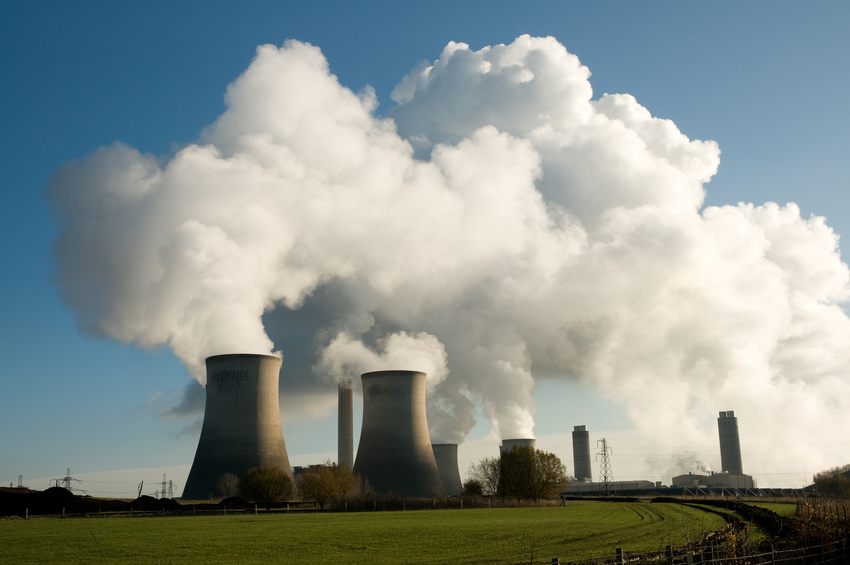
How it Works: Water for Power Plant Cooling
Source: Union of Concerned Scientists In the United States, 90 percent of electricity comes from thermoelectric power plants—coal, nuclear, natural gas, and oil—that require cooling. The remaining ten percent is produced by hydroelectric and other renewable energy facilities. Some renewable energy technologies are thermoelectric as well, including certain types of concentrating solar, geothermal, and biomass power plants. Contents: 1. Why is Cooling Necessary? 2. Types of Cooling 3. Electricity Generation Technologies that Use Cooling 4. Other Key Issues
Why is Cooling Necessary?
Thermoelectric power plants boil water to create steam, which then spins turbines to generate electricity. The heat used to boil water can come from burning of a fuel, from nuclear reactions, or directly from the sun or geothermal heat sources underground. Once steam has passed through a turbine, it must be cooled back into water before it can be reused to produce more electricity. Colder water cools the steam more effectively and allows more efficient electricity generation [1] Types of Cooling Even though all thermoelectric plants use water to generate steam for electricity generation, not all plant cooling systems use water. There are three main methods of cooling:
- Once-through systems take water from nearby sources (e.g., rivers, lakes, aquifers, or the ocean), circulate it through pipes to absorb heat from the steam in systems called condensers, and discharge the now warmer water to the local source. Once-through systems were initially the most popular because of their simplicity, low cost, and the possibility of siting power plants in places with abundant supplies of cooling water. This type of system is currently widespread in the eastern U.S. Very few new power plants use once-through cooling, however, because of the disruptions such systems cause to local ecosystems from the significant water withdrawals involved and because of the increased difficulty in siting power plants near available water sources.
- Wet-recirculating or closed-loop systems reuse cooling water in a second cycle rather than immediately discharging it back to the original water source. Most commonly, wet-recirculating systems use cooling towers to expose water to ambient air. Some of the water evaporates; the rest is then sent back to the condenser in the power plant. Because wet-recirculating systems only withdraw water to replace any water that is lost through evaporation in the cooling tower, these systems have much lower water withdrawals than once-through systems, but tend to have appreciably higher water consumption. In the western U.S., wet-recirculating systems are predominant.
- Dry-cooling systems use air instead of water to cool the steam exiting a turbine. Dry-cooled systems use no water and can decrease total power plant water consumption by more than 90 percent.[2] The tradeoffs to these water savings are higher costs and lower efficiencies. In power plants, lower efficiencies mean more fuel is needed per unit of electricity, which can in turn lead to higher air pollution and environmental impacts from mining, processing, and transporting the fuel. In 2000, most U.S. dry-cooling installations were in smaller power plants, most commonly in natural gas combined-cycle power plants.[3]
About 43 percent of thermoelectric generators in the United States use once-through cooling, 56 percent recirculating, and 1 percent dry-cooling (2008 data). In 2008, some 30 percent of electricity generation involved once-through cooling, 45 percent recirculating cooling, and 2 percent dry-cooling. (In some cases, those same power plants also produced electricity using non-steam systems, such as combustion turbines.)[4] Table 1: Water withdrawn and consumed for power plant cooling, in gallons of water required per megawatt-hour of electricity produced[5] 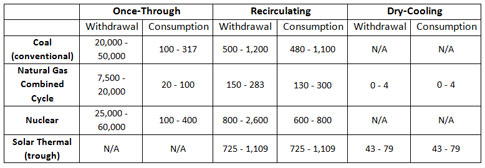
Electricity Generation Technologies that Use Cooling
Conventional Electricity
- Coal
- Nuclear
- Natural Gas
- Oil
Renewable Electricity
- Concentrating solar (solar thermal electric)[6]
- Geothermal
- Biomass
Other Key Issues
- Siting: The geographic location of power plants has a huge impact on cooling technology options, water availability, type of water used for cooling, and environmental impacts. Solar and geothermal power plants, for example, must be sited in areas with high solar radiation and geothermal energy, respectively—locations that may be arid and far from conventional water resources. In these situations, dry cooling may be an option, or alternative water sources may be available, but such choices can affect power plant performance and local environments.
- Water type: Although many power plants use freshwater for cooling, waste water and salt water are other possibilities with advantages and disadvantages. Salt water is an obvious and abundant option for coastal power plants, for example, but such plants face similar challenges as inland plants with regard to damaging the local aquatic ecosystems through excessive withdrawals or thermal pollution (from discharges of hot cooling water.
[1] U.S. Department of Energy (DOE), 2008. Estimating Freshwater Needs to Meet Future Thermoelectric Generation Requirements. Washington, DC. [2] Though no water is required for dry-cooling systems, power plants using dry-cooling systems also require water for system maintenance and cleaning. [3] Small power plants are defined as having an electric generating capacity less than 300 MW. Dougherty, B., Page, T., & Bernow, S. 2000. Comments on the EPA’s Proposed Regulations on Cooling Water Intake Structures for New Facilities. Boston, MA: Tellus Institute. [4] Union of Concerned Scientists. 2012. UCS EW3 Energy-Water Database V.1.3. www.ucsusa.org/ew3database. [5] J. Macknick, R. Newmark, G. Heath, and K.C. Hallet. 2012. Operational water consumption and withdrawal factors for electricity generating technologies: a review of existing literature. Environmental Research Letters. 7 doi:10.1088/1748-9326/7/4/045802. [6] Some concentrating solar technologies do not use water for generating electricity. Source: Union of Concerned Scientists





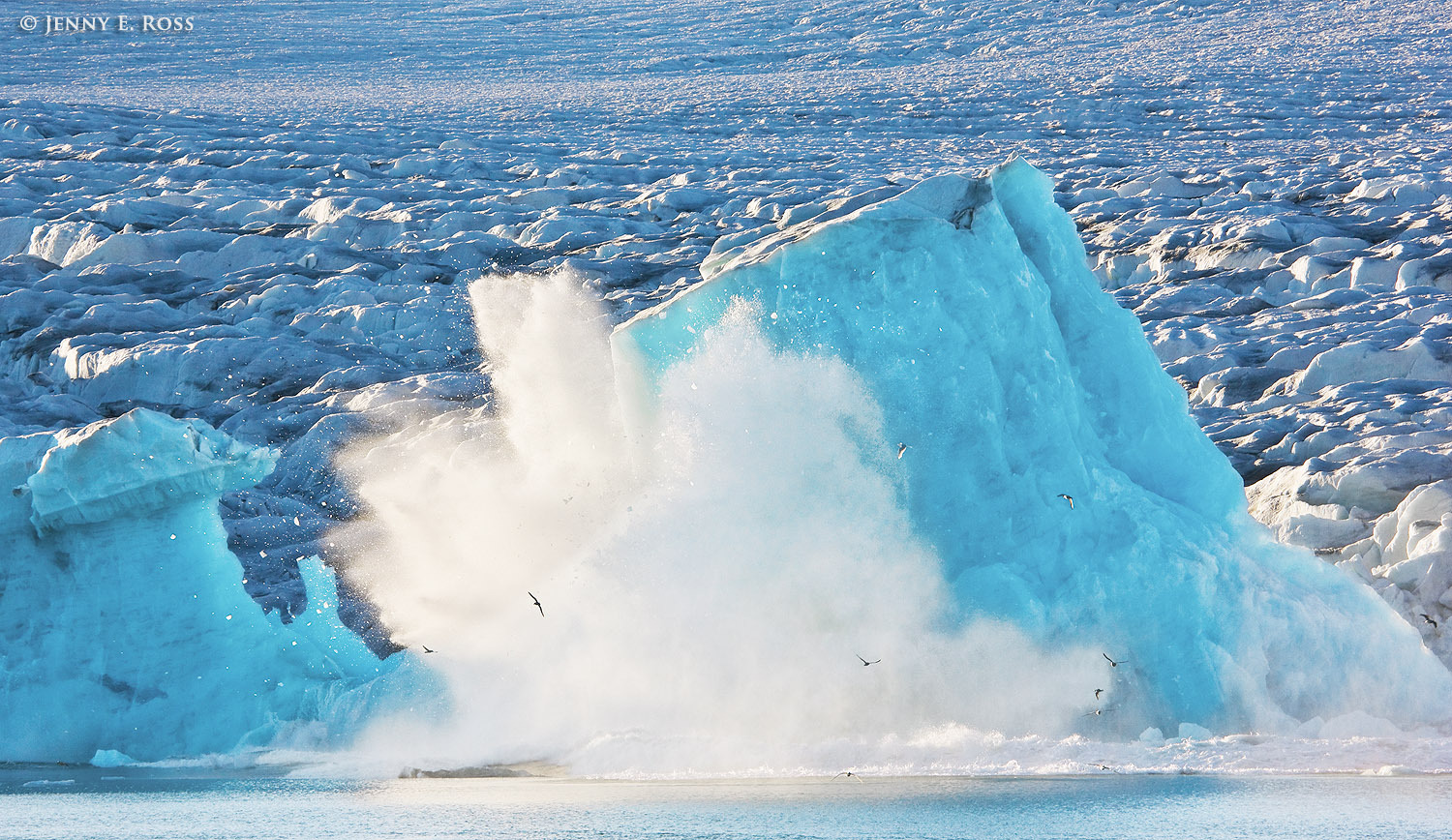

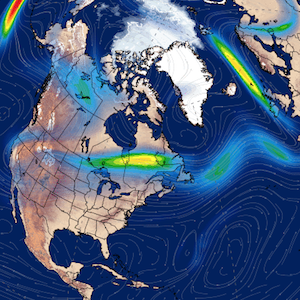

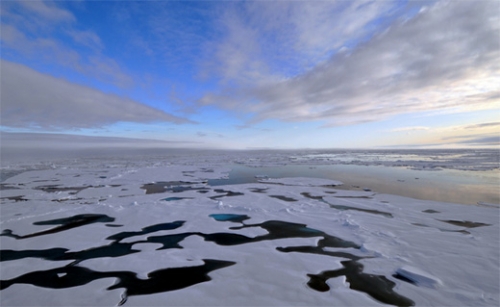
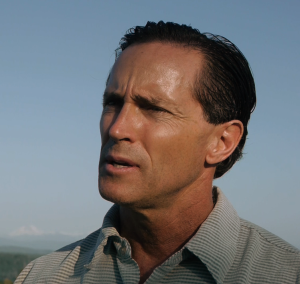

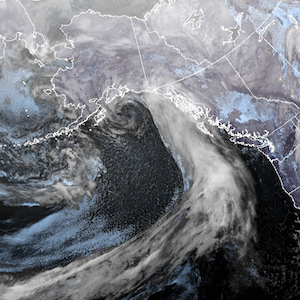
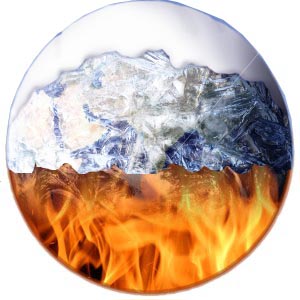

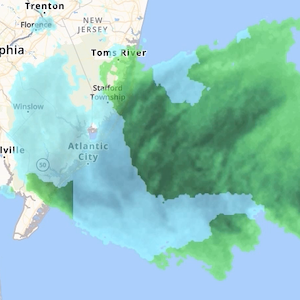

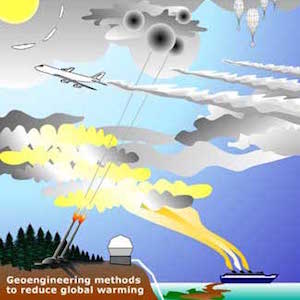



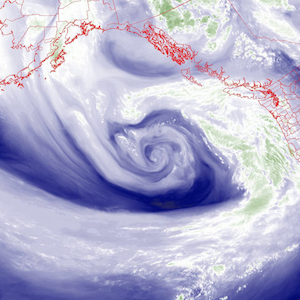
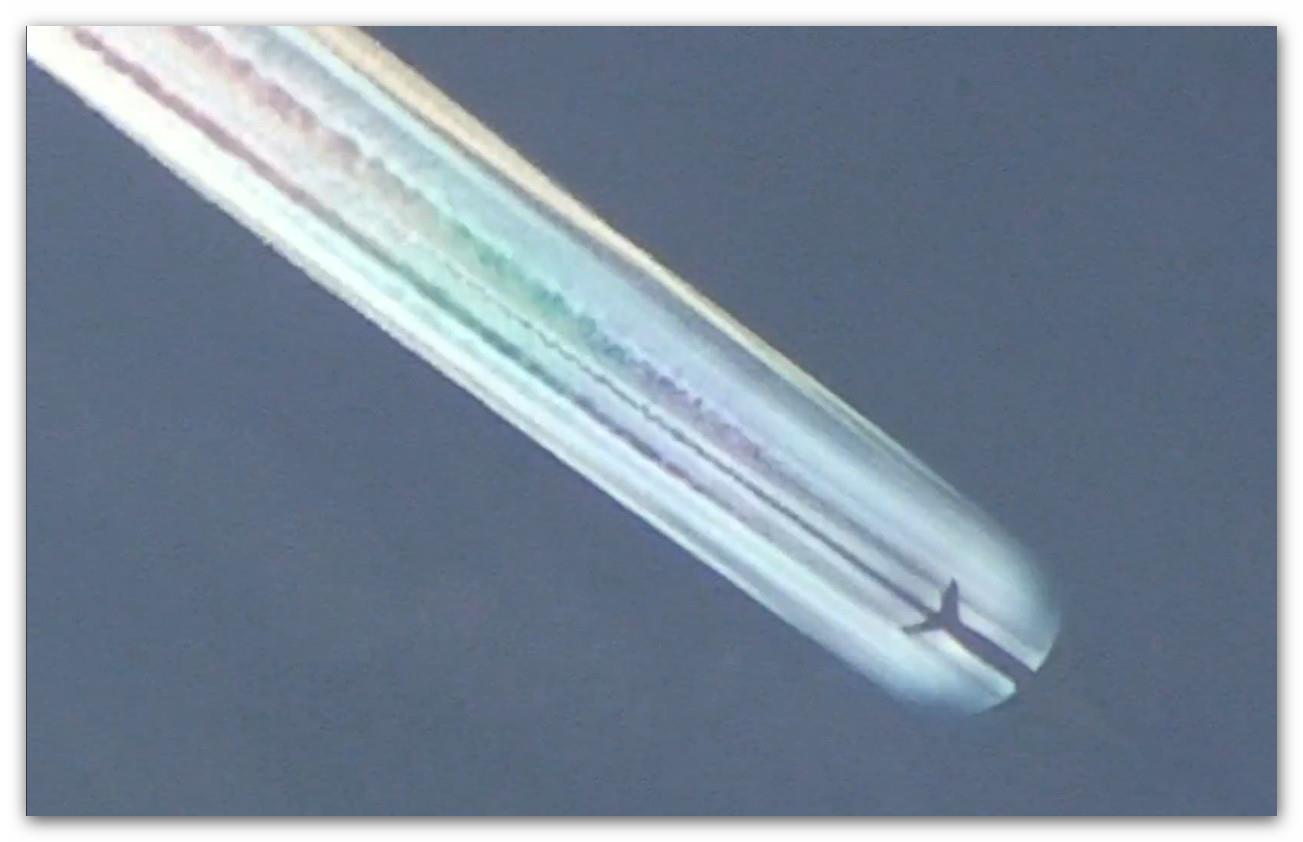
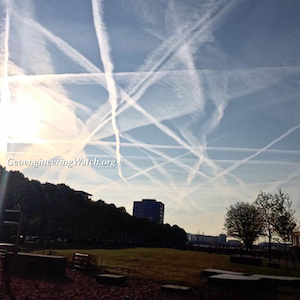


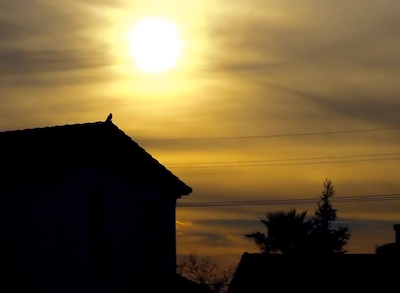


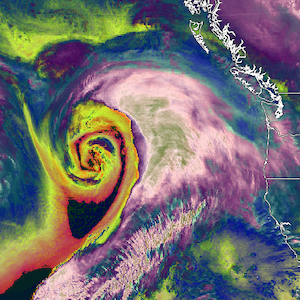




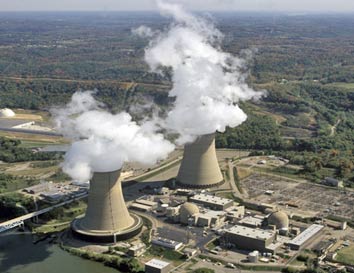
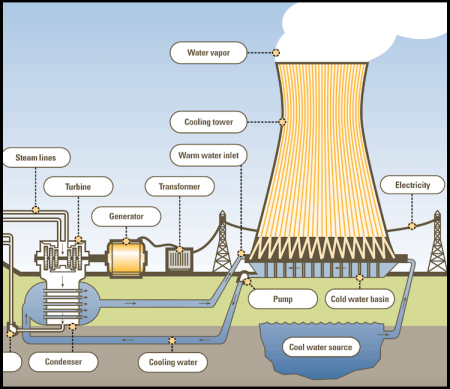
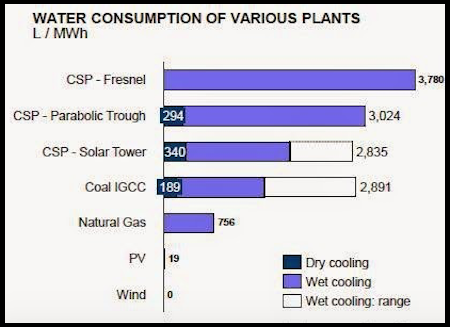










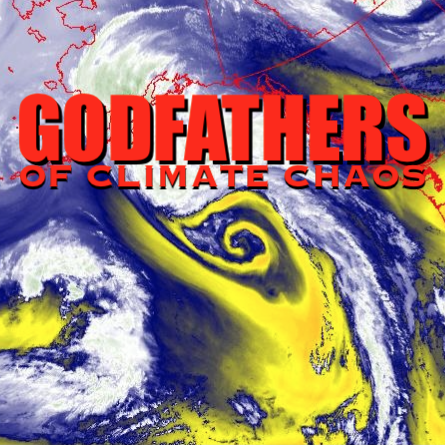






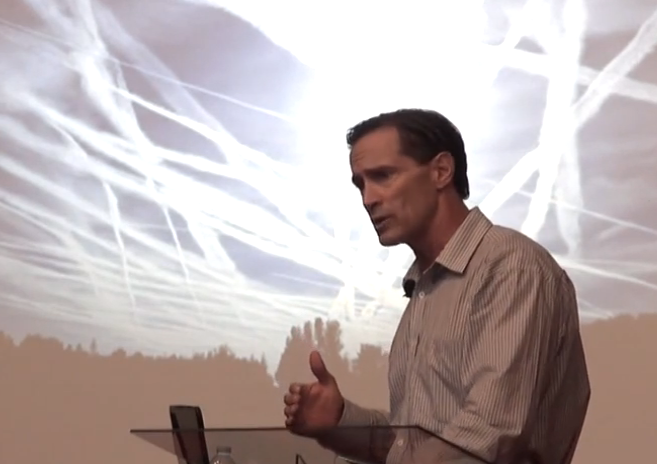




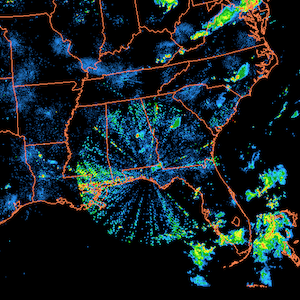

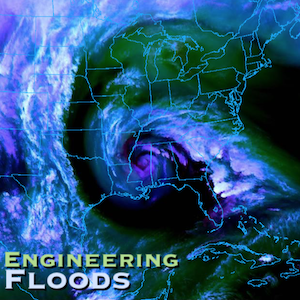
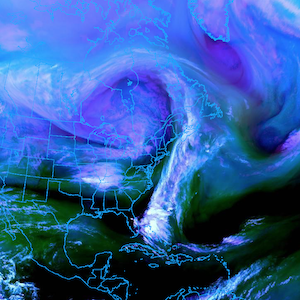
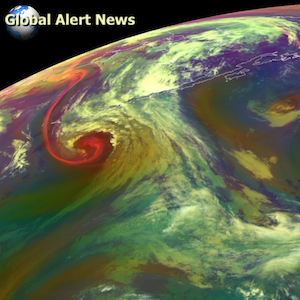

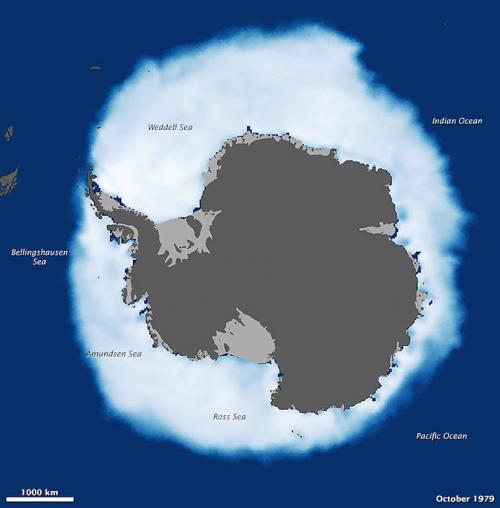









11 Responses
Is Iceland seeing the damages to what they have done? I have seen where studies were done back in either the 60's or 70's, but recorded in the 70's by some who have/had studied this says it will work short term, but not sustainable for long term. They are depleting the ground resources, as well as human resources for water, now reusing wastewater. Is Iceland the first area becoming destroyed by all the start ups and drilling. What about the actual calculations of timing between earthquakes and work at geothermal plants. It is disturbing. The earthquake ties to areas because of this and how much are they going to continue to hide. Sure they say people have been using this back many a centuries, But then it was natural. Geysers have disappeared in areas also.
Hey Dane quick question. What is the best way to deal with the opposition?
Move on to those who want to wake up.
http://www.google.com/patents/US20100074390
From what I have been following, this site is a no nonsense and informative site.
Way too many people are so wrapped up with such things that are meaningless.
This guy that has done this to inform people is a Saviour !!
I have been reading about Geoengineering and this is by far the most informative material that I have come across.
Agree. Cooling towers are used for heat sinks, nothing more. They raise the humidity of the air that passes through them, but this is a tiny drop in the bucket compared to what naturally evaporates. I live in North Carolina, where there is plenty of water. A nuclear plant south of here has cooling towers despite being beside lake Wylie, on the Catawba river. It is there because otherwise the water of Lake Wylie would become too warm in the summer. Lake Wylie lies below lakes with several other thermal plants, and is fairly shallow. In the summer the water would be too warm for local fish, and the thermal efficiency of the power plant would suffer, so after condensing the steam, the warm water gets sprayed into the top of the cooling tower.
You can often see fog rising from the top of the towers in humid weather, which is common here in piedmont, NC.
No doubt, the towers increase the number of foggy mornings within a few miles of them, but this is about it.
Hello GlobalWrench, thanks for your support in this battle. For the record, I have absolutely nothing to do with the film “Who In The World Is Spraying”. The attached link will add some clarification. https://dev.geoengineeringwatch.org/setting-the-record-straight-for-those-that-truly-care-about-the-battle-to-stop-climate-engineering/
I have been making my physicians aware of chemtrails and geoengineering. They have not heard of this before and are glad for the information.
Having investigated global geoengineering and its consequences for life on planet Earth, it never occurred to me that power plant cooling towers would even enter the discussion. Is there some sort of dis-information circulating about?
I just realized that while i stated that the GeoEngineering is Slowly Poisoning All Planetary Life, I must add that it is dangerously decimating our ozone layer, thwarting the hydrological cycle, causing droughts and deluge, exacerbating the spread of funguses which make people sick and kill crops and plant and tree life, furthering the conditions which make algae blooms take over our waters, etc.
You can’t change the PH of the planet and expect life to stay in balance.
The GeoEngineering Programs Must Be Stopped.
I think it is really important that we all stay the course and focus upon what we observe in our skies everyday. We see planes putting out persistent trails that turn into a complete cloud cover. We see planes leave trails that quickly disappear and yet, throughout the day, we observe that these trails have rendered the sky an unnatural silvery white with a tinge of blue. We see the aluminium, barium and strontium fallout evidenced in the many rain and snow tests that match the patents.
We must be very careful to not get “too out there” with theories lest we appear paranoid. The more we entertain ideas that are truly on the periphery, the more we hurt our own legitimacy and credibility. As people wake up and want to educate themselves about the covert in plain sight government weather modification program clearly happening before our eyes, these people, new to the movement, must find legitimacy, not fringe. If they encounter fringe, they may flee. We need every awake person to stay in this fight.
WE MUST, AS A MOVEMENT, AND AS INDIVIDUALS, STAND WITH EACH OTHER TO REVEAL THE TRUTH OF THESE PROGRAMS. CURRENT DIVISIONS IN THE GEOENGINEERING AWARENESS MOVEMENT ARE DAMAGING OUR CAUSE. ALL MUST THINK VERY HARD ABOUT WHAT IS MOST IMPORTANT. EGO MUST BE FACED AND SET ASIDE. THESE COVERT WEATHER MODIFICATION PROGRAMS ARE SLOWLY POISONING LIFE ON EARTH.
OUR ENERGY NEEDS TO BE DIRECTED IN WAKING UP THE MASSES AND GETTING THESE PROGRAMS STOPPED. ALL OTHER ENERGY IS WASTED ENERGY.